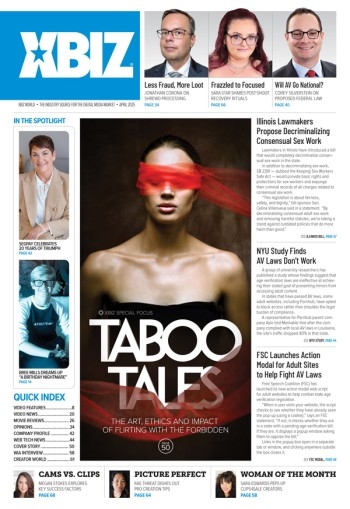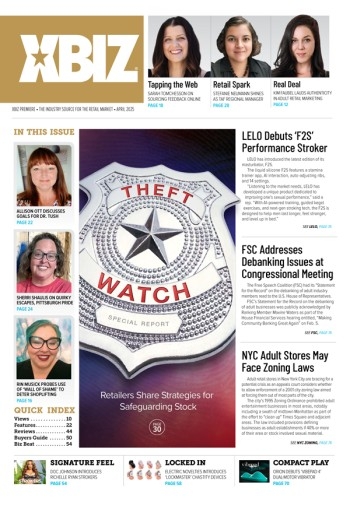‘Be prepared!” That’s always good advice, but especially on shoot days. When you’re shooting, you want to be able to focus on your performance — not on the hundred little details and complications that can get in your way and negatively impact your productivity or the quality of your clips and content. In the end, there’s no way around it: shooting requires planning ahead. So let’s look at some key things to consider and questions to ask yourself before that camera starts rolling.
How Much to Shoot
The trick is to find balance, so you can make the most out of your shoot days without biting off more than you can chew.
First, ask yourself: How many clips would you like to release per week or per month? How long does it usually take you to shoot one clip? Based on those numbers, you can figure out how many shoot days it will likely take you to capture a month’s worth of content, and how much material you should plan to shoot on each of those days. While batch shooting is efficient, too much “efficiency” can actually backfire. That’s because the shooting process can be very draining. Pumping out a dozen clips in a day may sound great, but you are likely to lose quality as fatigue sets in. The trick is to find balance, so you can make the most out of your shoot days without biting off more than you can chew. Knowing in advance how much you need to shoot also takes some pressure off on the actual shoot day.
Where and When to Shoot
I have a few different “sets” in my apartment for variety: couch, bed, bathtub, etc. However, your genre or niche will likely dictate the locations that you pick. As for day and time, try to plan for when you know there will be minimal noise or traffic around your shooting location. There is nothing worse than planning a shoot, setting up, doing your hair and makeup, getting in front of the camera — and then your neighbor turns his lawnmower on. Of course, sometimes these situations are unavoidable, and you can always shoot without sound and then add a voiceover or music later. Even when things go wrong, there is almost always a way to make your content usable.
What Order to Shoot In
I find it’s best to shoot close-ups first, when your makeup is fresh. If you want a more natural look for some clips, and a more glamorous look for others, you will need makeup changes. In that case, start with lighter makeup and add more as you go. If you want bright red lips in one scene, schedule that one for later on in your shooting day. Similarly, if a clip involves oil or any other messy substance, it’s best to leave that one for last.
What to Wear
You will want to plan out your wardrobe changes. There are two main reasons for changing outfits in between shooting different clips. One is simply that the situation or mood in each scene might entail a particular kind of clothing — business attire, workout gear, lingerie, etc.
The other reason has to do with marketing. Think about how your thumbnails will look, lined up next to each other in your clip store. I try to have a range of different outfits and backgrounds so there is some variety. Shooting multiple clips in one outfit may be time-efficient, but when those clips are posted back to back, it can make your clip selection appear repetitive.
Getting Ready on Shoot Day
On the day of a shoot, lay out your outfits by your first location, then get your lights and camera set up. I personally freestyle almost all of my clips, but if you prefer to use a script, you can also set up a small teleprompter hooked up to a phone or camera. Make sure any area appearing on camera is cleaned up; that means tidying up nightstands and end tables, making your bed, picking up clothes or trash off the floor, etc. Once all that is taken care of, you can start your hair/makeup process.
When it’s time for “Lights, camera, action!” get yourself some water to keep nearby and set your phone on “do not disturb” mode. If necessary, shut the door to keep pets out! For best sound quality, I turn off my AC and fans so there is no background noise. Before shooting each clip, take a few minutes to pose for thumbnails and stills.
Last but not least, have fun! If you let yourself relax and enjoy yourself while shooting, the audience can feel your energy and do the same. So get into character and let the magic happen.
With five years in the adult industry, Valentina Fox focuses on fetish modeling and making clips, while also establishing herself in the findom space. Her work explores the intersections of power, desire and fantasy, as she seeks to captivate audiences with a distinct style and allure.







